The NIV First-Century Study Bible takes a look at the Scriptures through the eyes of the first century believer, keeping it in its original Jewish and early Christian context. It is filled with information about culture, customs, archaeology, etc. It also has lots of word studies an articles, and full color photos throughout.
Features
- 2011 NIV
- Hard cover
- Book introductions
- Word studies
- Articles
- Commentary
- Study helps
- ISBN: 9780310938903
- MSRP $49.99
- Buy from Amazon
Cover and Binding
This is a hard cover edition with a sewn binding. It looks to be made well and will lay open anywhere you want. If you want it to look like a hard cover study Bible with the pictures and examples of the pages on the back, you can remove the dust jacket. Underneath is a nice tan and greenish blue with a nice textured look and the words Holy Bible on the front.
Paper and Print
This paper is beautiful. It has a textured scroll look that gets darker toward the bottom of the page. In dim lighting it’s almost too dark, but I want it anyway. It as a creamy/tanish tone that looks like a scroll. It is very opaque and has a rough texture that I like. It is black letter with a light/medium boldness. For me the boldness is too light. It’s a little bit of a strain to see it, especially in a dim room. The font is 8-point with a larger than normal leading. I’m guessing it’s at least 9.5, and it could be larger than that. I wouldn’t be surprised if it was a 10-point leading. Section headings are in a large dark green font in all-caps. The same dark green is used for chapter numbers. The dark green looks really nice against the parchment look of the paper.
Layout
This is a double column, paragraph format with notes at the bottom of the page. Translation notes and references appear just under the text, before the line that separates the text from the notes. Word studies and pictures appear within the text – not the notes. Maps appear with either the text or the notes. This is the most interesting layout, and my favorite, that I’ve seen for any study Bible.
Book Introductions
Book introductions range from 1-5 pages depending on the size of the book. For example, 1 John is 4 pages, 2 and 3 John are 1 page, Jude is 2 pages, and Revelation is 4 pages. They cover different things, but they are very similar. The introduction for Revelation covers the author, date, occasion, purpose, literary form, distinctive feature, interpretation, and a detailed outline. Some contain photos of places and artifacts.
Notes
The notes that are scattered throughout every page include artifacts, charts, maps, models, articles, word studies, and more. You don’t have to turn many pages to find a map, chart, or word study. There are many pictures in full color
Artifacts
There are tons of full color photos of archaeological artifacts that includes clay tablets, manuscripts, tools, pottery, carvings, etc. There are short articles about each one, to give you information on their background. Due to my high level of interest in Biblical archaeology, this is about my favorite feature of this Bible.
Charts
These are the kind of charts I like in my Bible. There are 36 charts that include the Miracles of Jesus, Resurrection appearances, Parables of Jesus, Passion Week, the Life of Christ, and much more. The charts are very useful for study and sermon prep.
Maps
There 76 maps placed throughout the text. The maps are labeled and have explanations and facts.
Models
There are 8 models, or 3D drawings, throughout the text. They include the Tabernacle, Solomon’s Temple, Herod’s Temple, etc. They are drawn as a cutaway and are labeled with information. There is a short article about each one.
Word Studies
Word studies go into detail about the original Hebrew and Greek words. They are not keyed to Strong’s dictionaries. They give you the verse they’re found in (on the page with the word study), the word in English, the English spelling of the Hebrew or Greek word, the Hebrew or Greek spelling using the Hebrew or Greek alphabets, the definition or comment about the word, and sometimes a reference.
Footnotes
The NIV footnotes are located under the last verse on the page. They are keyed to the text with small italic letters. The footnotes include translation notes, manuscripts variances, notes on the original languages, and references for parallel passages, prophecies, quotations, etc.
Commentary
The commentary notes are located at the bottom of the page. The commentary includes cross references, references to other material, theological from historical writers, general facts, historical points about the first century, etc. Most of the notes are not heavy on theological bias, although there is some. They are mostly factual. Some just tells of traditional interpretations. As always, for anything doctrinal I recommend doing your own study.
Articles
Textual Articles
There are 54 textual articles that cover points in the text, such as The Shepherd God, The Return of the Lord, Wine Making, Pour out my Spirit, The Authorship of Paul’s Letters, etc. They range from a half a page to a few pages. The articles cover the way the topic was interpreted in the first century. The articles are interesting and well written. They do a good job of keeping everything in context.
Day in the Life Articles
There are 16 articles that cover what life was like at a specific point in time. These articles cover topics such as Desert Shepherds, Midwives, Priests and Levites, Israelite Kings, Farmers, Disciples, etc. They take several pages and cover the topic in a good amount of detail. They include photos and drawings of places, artifacts, objects (such as boats and tools), and more. These articles do a good job of showing what life was like at that time.
Study Helps
There is a nice list of helps in the back. The helps include:
Table of Weights and Measures
This is a one-page table that covers weights, length, and capacity in both dry and liquid measures. It’s a good basic table that’s easy to use.
Endnotes
There are 12 pages of endnotes. The endnotes are the citations that are given in the notes. They’re mostly books. This is a good addition because you have a good reference for where the information came from. This is especially good for doing your own research.
Bibliography
The bibliography is 3 pages and provides an interesting list of books for further study.
Topical Index to Articles
The index to the articles is 5 pages. They are arranged alphabetically according to topic. Some give the page number while others give the Scripture reference.
Glossary
There is an 8 page glossary that includes historical characters, places, etc. There are entries for the Dead Sea Scrolls, Qumran, Aristotle, Aramaic, John Chrysostom, Clement of Alexandria, Polycarp, Pentateuch, the Shema, Yahweh, etc. Most of the people in the glossary are from Church history. The glossary is a good addition for a Bible like this. It does have quit a few entries, but I would like to see even more because it just adds to the value and makes the glossary more complete.
Concordance
The concordance in this Bible is huge. It has 153 pages with 3 columns per page, and very it’s extensive. There are 10 columns for entries of God in various forms. Variations include God-breathed, God-Fearing, God-Haters, Godless, Godliness, Godly, God’s, and Gods.
Maps
There are 16 pages of maps. The maps are colorful and look really nice. They are printed on the same paper as the rest of the Bible, so no super thick paper here. There is an index to help you find what you’re looking for. Also, the maps are labeled well and are easy to use.
Conclusion
This Bible has a lot to offer on the study of first century life. It does a great job of setting the scene of the original writers. Those interested in archaeology and history will appreciate The First Century Study Bible the most. It’s also good for sermon prep and classroom prep for those that like to include information about first century culture.
Zondervan provided this Bible free for review. I was not required to give a positive review – only an honest review.

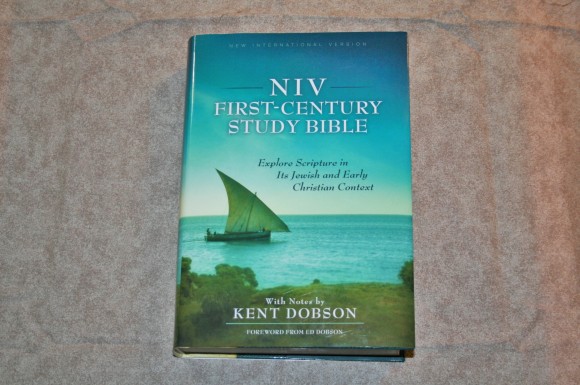
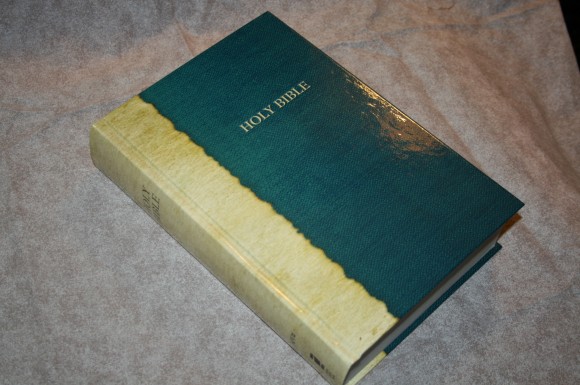
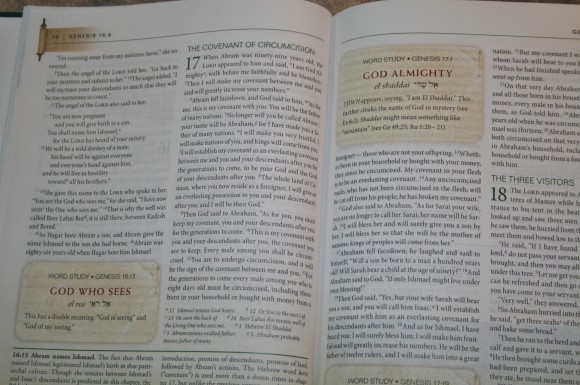

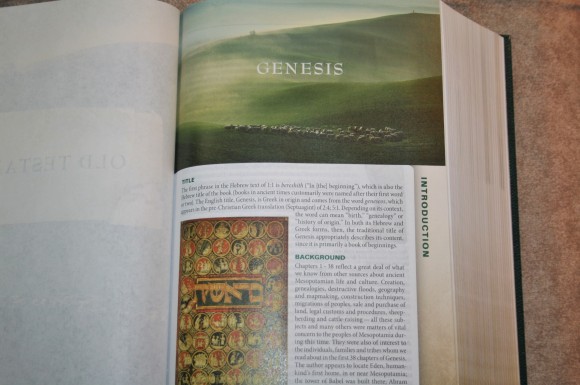

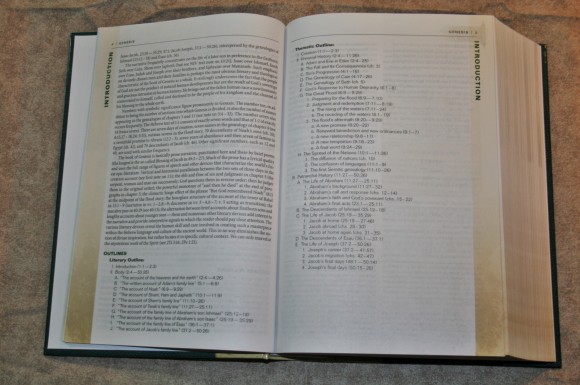
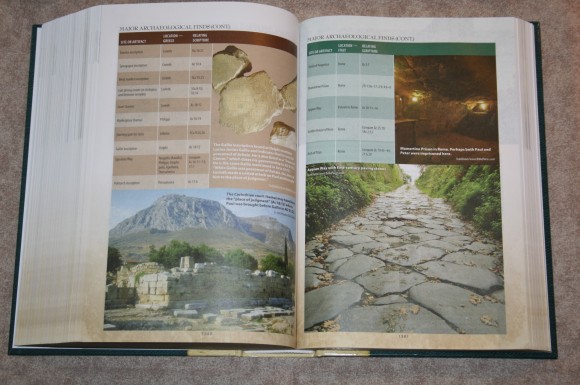
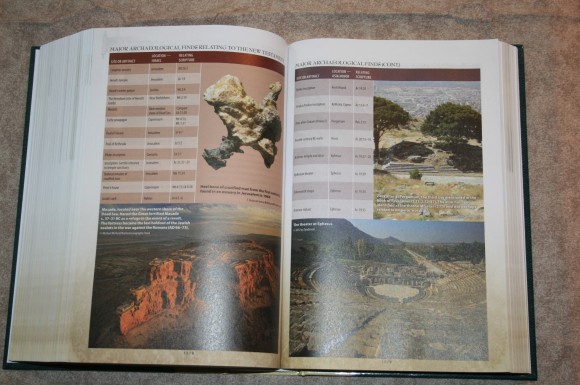
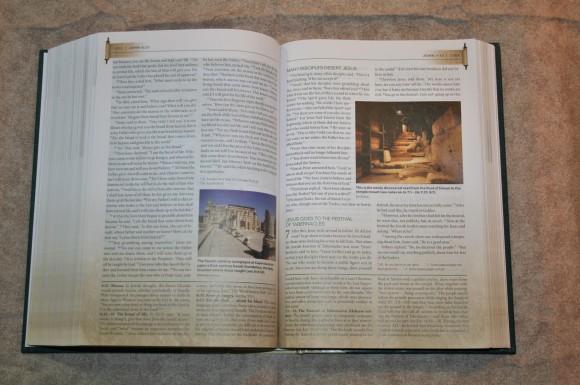
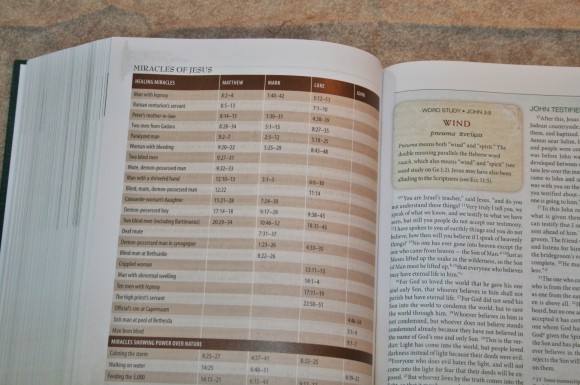
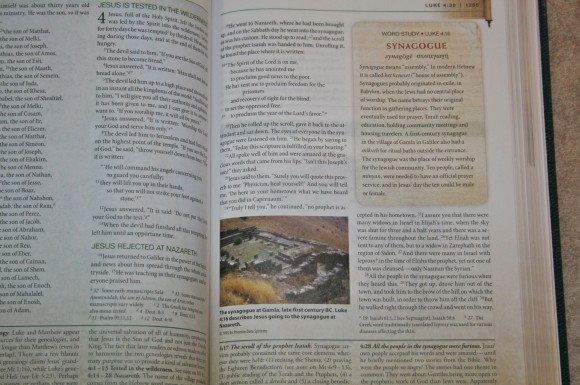
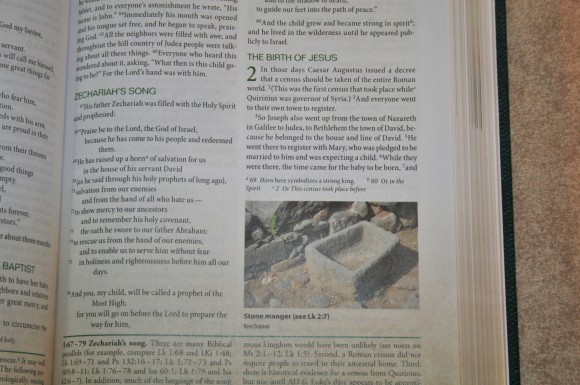
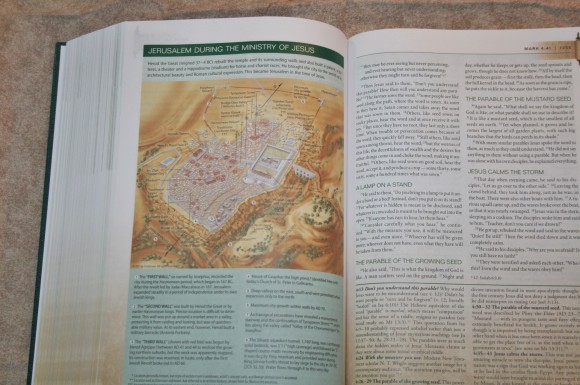
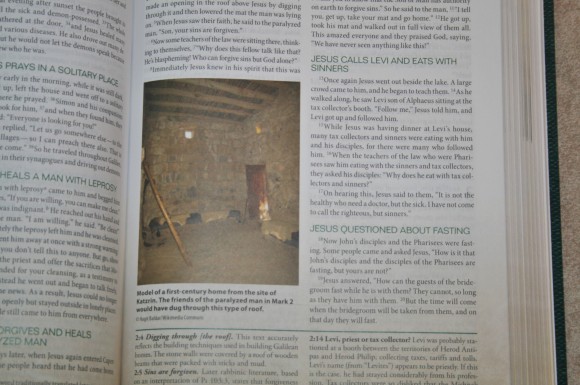
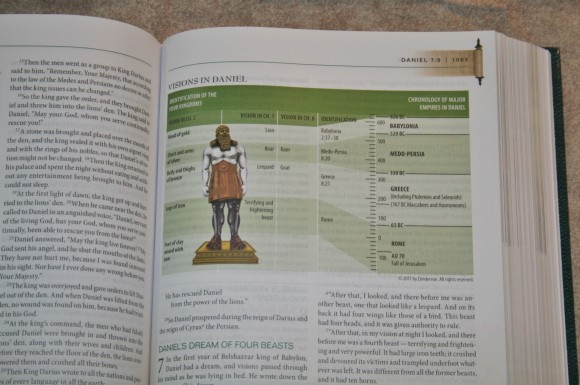
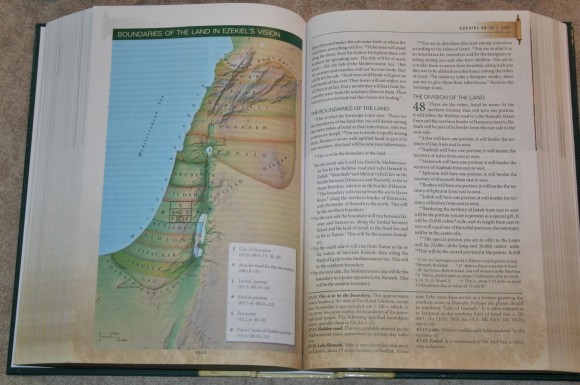

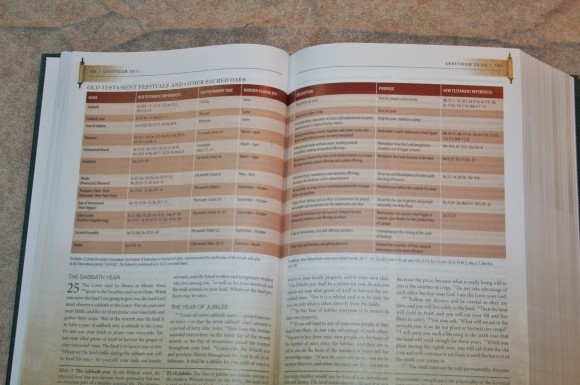
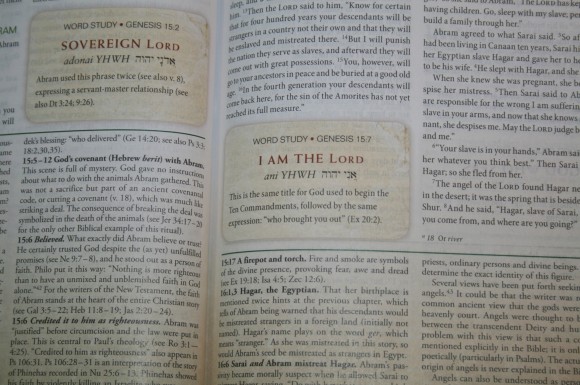
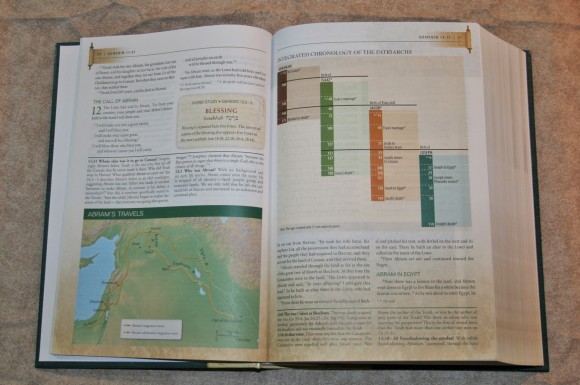
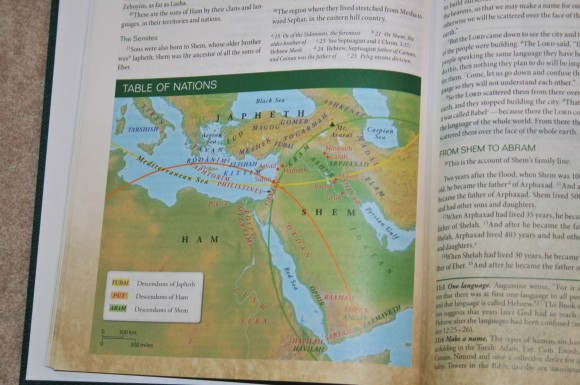
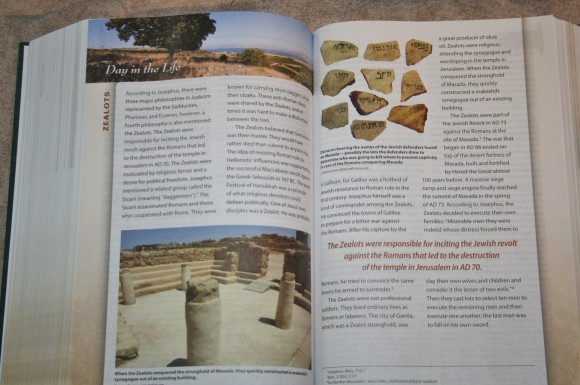
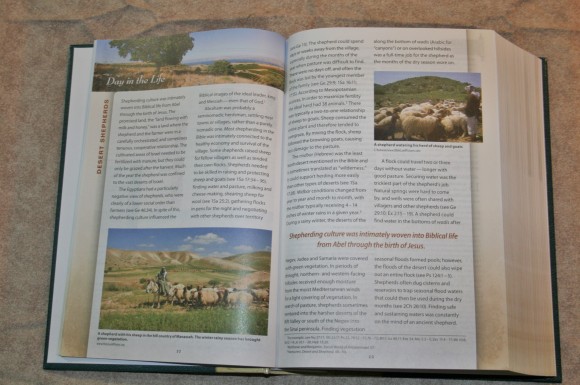
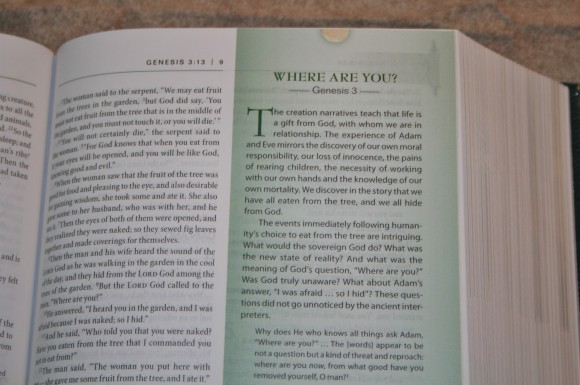
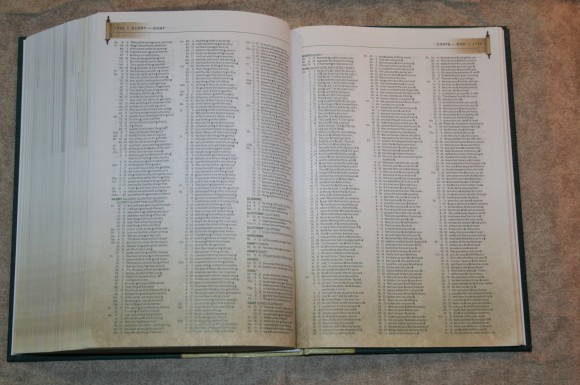
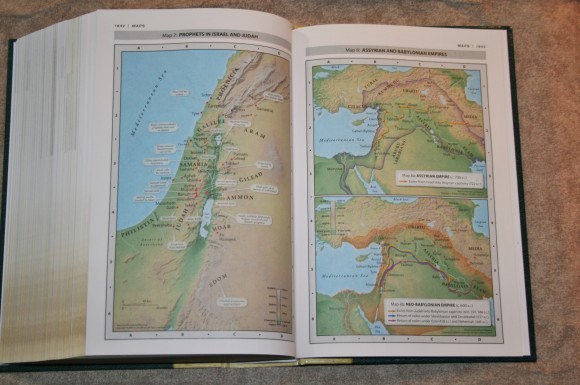



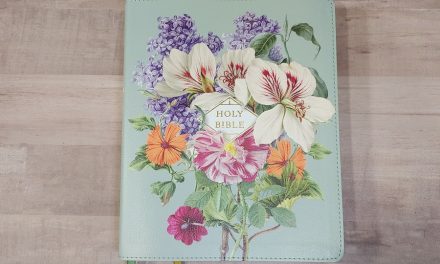
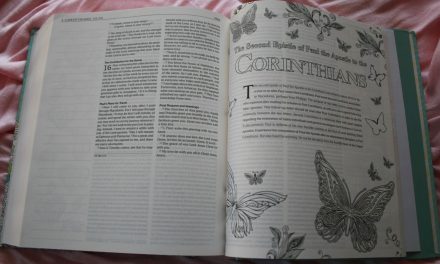





When is the KJV edition coming out?
Is this just a remix of the Archeological Bible?
I haven’t heard of any plans for a KJV edition. I’d like to see that. It isn’t a remix of the Archaeological Study Bible.
I once owned this bible but gave it to a family member as a gift. I have been looking to purchase it again, but need it in a large-print version. I can’t seem to find one. Does one exist? As this review says, the combination of 8 point font size and the fading of the paper’s color from top to bottom makes it hard to read. I love the book, but don’t want to struggle to read it unless there’s no choice.
Hi Eliza. Unfortunately it isn’t available in large print.
If you had to chose, which would you recommend? The First-century Study bible or the Cultural Backgrounds Study Bible?
Both have good reviews, but I have heard while the CBSB is very good, it takes a higher-criticism approach to scripture.
Thanks.
I’m not sure which I’d choose. I like the notes in both.